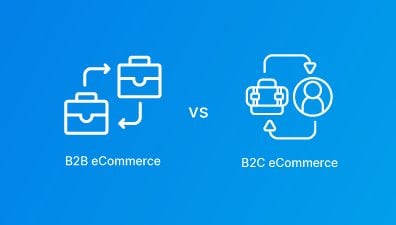In the realm of web application development, two popular approaches have emerged: Progressive Web Apps (PWAs) and Single-Page Applications (SPAs). As businesses and developers strive to deliver enhanced user experiences, it’s essential to understand the characteristics and distinctions of these two approaches. PWAs and SPAs offer unique advantages and cater to different application requirements.
This article delves into the comparison between PWA vs SPA, exploring their advantages, differences, and use cases. By examining various aspects, such as user experience, performance, security, development cost, and more, we aim to provide insights to help businesses make informed decisions when choosing between PWAs and SPAs. Let’s dive deeper into the world of PWAs and SPAs and explore their unique characteristics and implications for web application development.
Table of Contents
PWA Overview
What is PWA?
A PWA is a type of web application that utilizes modern web technologies to provide users with an experience similar to that of native mobile apps. It was first introduced by Google in 2015 as a way for businesses to enhance user experiences across various devices, using a single codebase.
The key advantage of PWAs is their ability to function seamlessly on any device, including smartphones, tablets, and desktops, through a web browser. They are specifically designed to deliver reliability, speed, and engagement, incorporating features like offline support and push notifications.
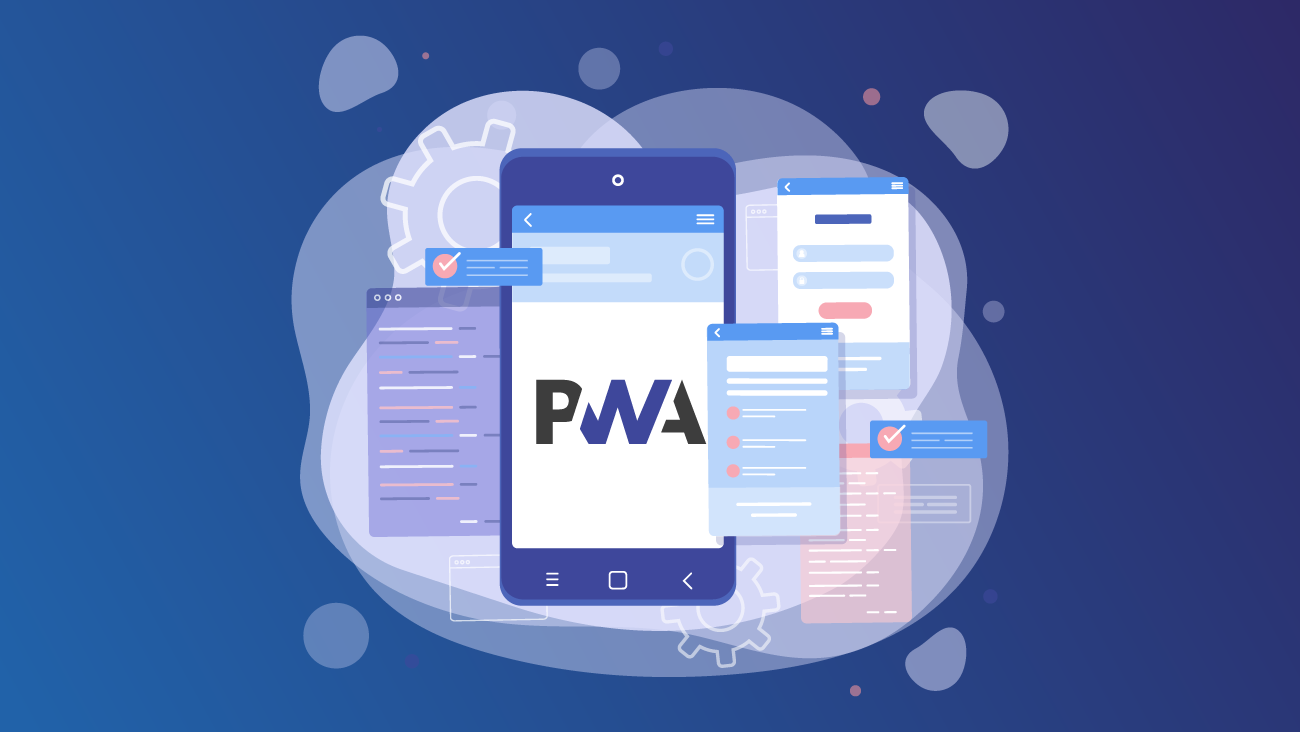
Developers build PWAs using standard web technologies like HTML, CSS, and JavaScript, which offers several benefits. It simplifies the development and maintenance process compared to native apps, as the same codebase can be utilized across different platforms. Since PWAs are essentially websites, they can be indexed by search engines and shared through URLs, making them more discoverable and accessible to users compared to native apps.
Advantages of PWAs
Offline Capabilities and Service Workers
One of the standout advantages of PWAs is their ability to function offline or in areas with limited connectivity. This is made possible through the implementation of service workers. Service workers are background scripts that act as intermediaries between the PWA and the network. They enable the caching of app resources, such as HTML, CSS, and JavaScript files, as well as user data. When a user interacts with a PWA while offline, the service worker serves the cached content, allowing uninterrupted access to the app’s core features and previously loaded information. This offline capability is particularly valuable for users in areas with unreliable internet access or when traveling, ensuring that they can continue using the app seamlessly.
Service workers in PWAs also provide the advantage of seamless content updates. When a user revisits a PWA, the service worker automatically checks for updates in the background. If there is a new version of the app or its content available, the service worker fetches and caches the updated resources, ensuring that users always have access to the most recent version of the app. This eliminates the need for users to manually update or reinstall the app, providing a hassle-free experience similar to native app updates. It simplifies the maintenance process for developers, as they can release updates and new features without requiring users to take any action.
Native-like Experience
PWAs are designed to closely resemble and function like traditional native mobile applications, providing users with a familiar and intuitive interface.
One of the key advantages of a native-like experience in PWAs is the responsiveness and interactivity they offer. PWAs are built using modern web technologies, including HTML5, CSS, and JavaScript, which allow developers to create highly dynamic and interactive user interfaces. This results in smooth transitions, fluid animations, and seamless navigation, giving users a sense of using a native app. By utilizing responsive design principles, PWAs can adapt to various screen sizes and orientations, ensuring a consistent and optimal experience across different devices.

Another aspect of the native-like experience in PWAs is their ability to be installed on the user’s device’s home screen. PWAs can be added to the home screen through a process called installation, which creates an app-like icon that users can tap to launch the PWA directly, similar to launching a native app. This creates a seamless transition between the user’s home screen and the PWA, enhancing the perception of the PWA as a native app.
Improved Performance and Faster Loading Times
One of the significant advantages of PWAs is their ability to deliver improved performance and faster loading times compared to traditional web applications. This enhanced performance contributes to a seamless and efficient user experience.
PWAs leverage various optimization techniques to minimize loading times by utilizing techniques like lazy loading, where only essential resources are loaded initially, and other resources are loaded as the user interacts with the app. This approach significantly reduces the initial loading time, allowing users to access the app’s core functionalities quickly.
Moreover, PWAs make effective use of caching mechanisms and service workers. Service workers act as a proxy between the PWA and the network, allowing resources to be cached and served from the local device. By caching critical assets like HTML, CSS, JavaScript, and images, PWAs can deliver instantaneous loading for subsequent visits, even in scenarios with limited or no internet connectivity. This caching capability not only improves loading times but also reduces the reliance on the network for resource retrieval, resulting in a snappy and responsive user experience.
Cross-platform Compatibility
Cross-platform compatibility is a major advantage offered by PWAs, making them a versatile and practical solution for businesses and developers. With PWAs, developers can create a single codebase that works seamlessly across multiple platforms. This eliminates the need to build separate applications for each platform, such as Android, iOS, or Windows. By leveraging standard web technologies like HTML, CSS, and JavaScript, developers can write code once and deploy it across various platforms. This unified development approach saves time, effort, and resources, allowing businesses to reach a broader audience without the complexities of maintaining multiple codebases.

Therefore, PWAs are compatible with a wide range of devices, including smartphones, tablets, desktops, and even emerging platforms like smart TVs and wearables. They are accessed through web browsers, which are available on almost all modern devices. This broad device compatibility ensures that PWAs can reach users regardless of the devices they use, expanding the potential user base and enhancing accessibility.
Seamless Updates and Installation
PWAs are designed to automatically update in the background, ensuring that users always have access to the latest version of the app. When a new version or update is released, the PWA’s service worker checks for updates and downloads them in the background. The next time the user accesses the PWA, the updated version is already available, resulting in a seamless and uninterrupted experience. This eliminates the need for users to manually update the app or visit an app store, reducing user effort and improving user satisfaction.
Moreover, PWAs can be easily installed on a user’s device, providing a native-like app experience without the need for an app store. Users can install a PWA by simply visiting the app’s website and adding it to their home screen or app drawer. This installation process creates an app-like icon that users can tap to launch the PWA directly, similar to launching a native app. The straightforward installation process eliminates the need for users to search for and download the app from an app store, reducing the steps required for app access and increasing user convenience.
SPA Overview
What is SPA?
A SPA, or Single-Page Application, is a web application that operates within a single web page. Unlike traditional multi-page applications, where each page requires a full page reload from the server, a SPA dynamically updates the content on the page without the need for full-page refreshes. The initial HTML, CSS, and JavaScript resources are loaded once, and subsequent interactions and content updates are handled through JavaScript frameworks or libraries.
In a SPA, the initial page load typically retrieves a minimal set of static assets, such as HTML, CSS, and JavaScript files. Once loaded, the SPA interacts with the server through APIs, retrieving data in JSON format and updating the page dynamically based on user actions. This allows for a smoother and more responsive user experience, as the page does not need to be fully reloaded each time the user interacts with the application.
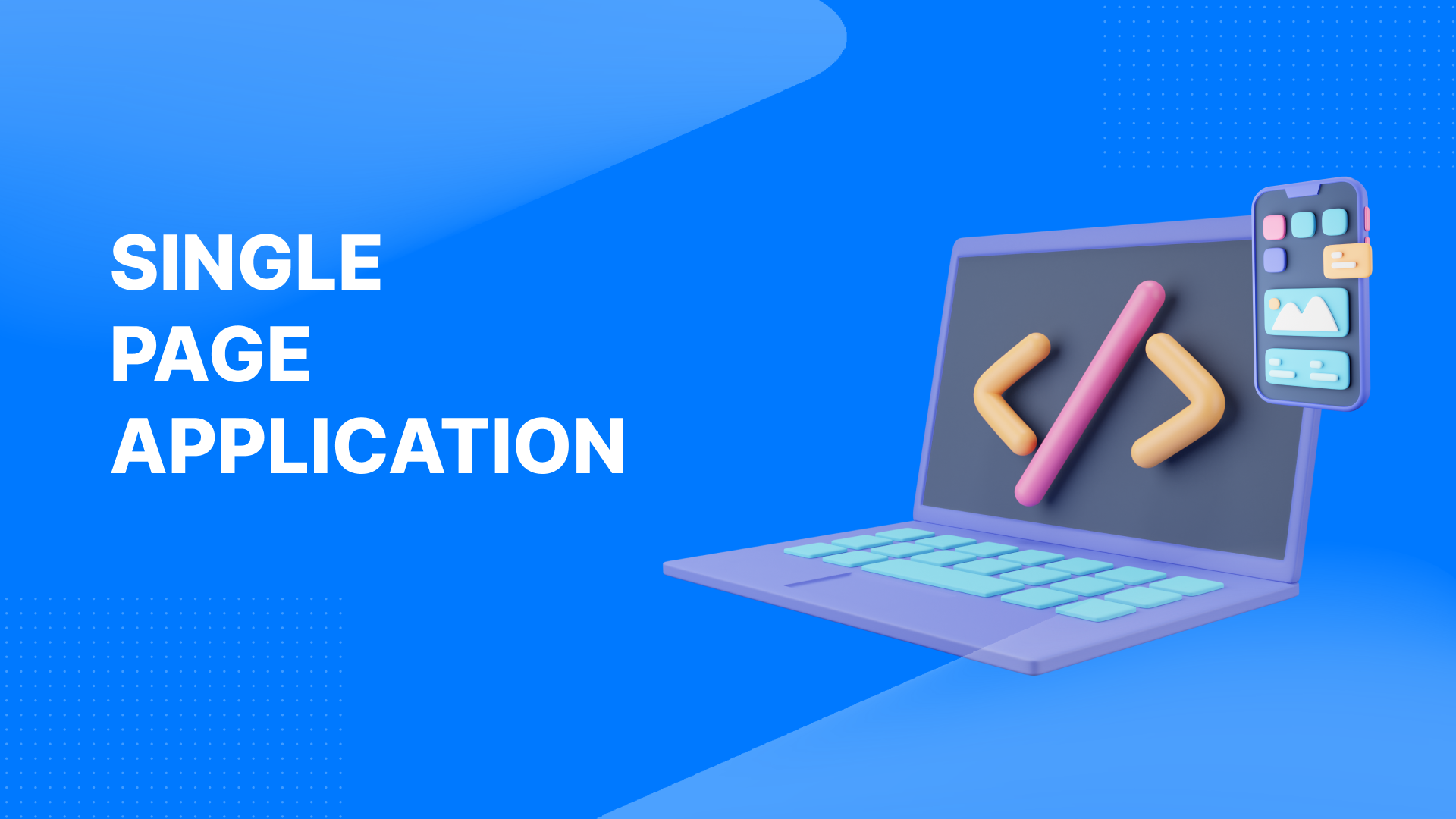
SPAs often employ JavaScript frameworks or libraries like React, Angular, or Vue.js to handle dynamic rendering and data management. These frameworks enable developers to build complex UI components and manage application states effectively. Additionally, SPAs can utilize client-side routing to provide the illusion of multiple pages within the application while maintaining the single-page structure.
Advantages of SPAs
Enhanced User Experience and Interactivity
One of the significant advantages of SPAs is their ability to provide an enhanced user experience and interactivity. Here are the key benefits:
- Improved Performance: SPAs load the initial page and subsequent content updates dynamically, without requiring full page reloads. This approach allows for faster interactions and a smoother user experience since only the necessary data and components are loaded and rendered. The application feels more responsive and avoids the interruptions caused by traditional page transitions. Users can enjoy seamless scrolling, real-time updates, and instant feedback, resulting in a more engaging and satisfying experience.
- Seamless Interactions: SPAs enable seamless and fluid interactions by utilizing JavaScript frameworks like React, Angular, or Vue.js. These frameworks facilitate the development of interactive and responsive user interfaces, allowing users to interact with the application in a more natural and intuitive way. SPAs can dynamically update content, validate input in real-time, and provide immediate feedback without requiring page reloads. This interactivity contributes to a more engaging and interactive user experience.
- Better User Engagement: The enhanced user experience and interactivity of SPAs contribute to increased user engagement. With faster loading times, smoother interactions, and real-time updates, users are more likely to stay engaged and spend more time interacting with the application. SPAs are well-suited for applications that require frequent user actions, such as social media platforms, collaborative tools, or real-time dashboards, as they provide a responsive and interactive environment that encourages active participation.
- Offline Capabilities: SPAs can incorporate offline capabilities, allowing users to access and interact with the application even when there is no internet connection. By leveraging technologies like service workers and caching, SPAs can store and retrieve data locally, enabling users to continue using the application and perform certain tasks offline. This is particularly useful for mobile applications or scenarios where internet connectivity may be unreliable or intermittent.
Faster Navigation and Smooth Transitions
SPAs offer several advantages when it comes to faster navigation and smooth transitions within web applications. These benefits contribute to an enhanced user experience and improved overall usability. Here are some key advantages:
- Instant View Updates: SPAs eliminate the need for full-page reloads when navigating through different sections or performing actions within the application. Instead, only the necessary data and content are fetched from the server and dynamically updated on the current page. This instant view update approach significantly reduces loading times and provides a seamless transition between views. Users can navigate through the application without experiencing the interruptions and delays associated with traditional page refreshes.
- Enhanced Responsiveness: SPAs utilize asynchronous data loading, allowing users to interact with the application while content is being fetched in the background. This means that users can continue exploring the application, accessing menus, or performing other actions without being blocked by loading screens or waiting for data to load. As a result, the navigation feels highly responsive, providing a smooth and uninterrupted user experience.
- Fluid Transitions: SPAs can implement smooth transitions between views or sections, creating an engaging and visually appealing user interface. By utilizing CSS transitions or animations, developers can apply effects such as fades, slides, or zooms when switching between different content areas. These fluid transitions make the navigation feel natural and polished, enhancing the overall aesthetic appeal of the application.
Simplified Development and Maintenance
SPAs offer significant advantages when it comes to simplified development and maintenance. These advantages stem from their modular architecture, separation of concerns, and the use of modern JavaScript frameworks.
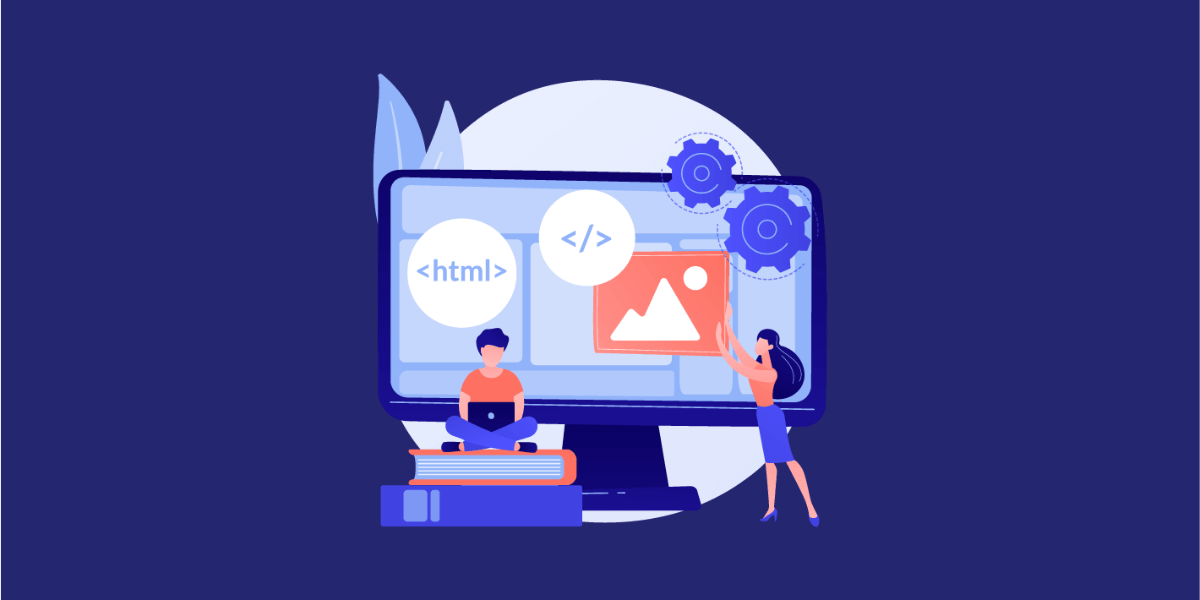
SPAs streamline the development process by utilizing a single codebase for all platforms and devices. With a single codebase, developers can write and maintain a unified set of code, reducing the complexity and effort required compared to building separate codebases for different platforms, such as desktop, mobile, or native applications. This unified approach allows for better code reuse, consistency, and faster development cycles.
Moreover, SPAs often follow a modular architecture that promotes component-based development. Developers can break down the application into reusable components, each responsible for a specific functionality or view. This modular approach enhances code organization, readability, and maintainability. Developers can easily manage and update individual components without impacting the entire application. This makes it easier to collaborate among team members and provides flexibility in making changes or adding new features.
In terms of maintenance, SPAs offer benefits through their decoupled frontend and backend architecture. With SPAs, the backend primarily serves as an API provider, delivering data to the client-side application. This separation of concerns allows frontend and backend teams to work independently, focusing on their respective areas of expertise. It enables more efficient development workflows, reduces dependencies, and facilitates parallel development and testing. Updates or modifications to the front end can be performed without requiring changes to the backend, simplifying maintenance tasks and ensuring a smoother development process.
Better Scalability and Flexibility
SPAs provide a scalable architecture that can handle increased user loads and growing application complexity. The modular nature of SPAs allows developers to break down the application into reusable components, making it easier to add new features or expand functionality without disrupting the existing codebase. This modular approach also facilitates parallel development, where multiple teams or developers can work on different parts of the application simultaneously, enabling faster development and scalability.
Moreover, SPAs typically follow an API-driven architecture, where the backend primarily serves as an API provider, delivering data to the client-side application. This architecture decouples the front end and back end, allowing for independent scaling of both components. The front end can be scaled horizontally by adding more instances of the application to handle increased user traffic, while the back end can scale separately to accommodate additional data processing or API requests. This separation of concerns provides flexibility in scaling each component based on specific requirements.
PWA vs SPA: Which One Should You Choose?
PWA vs SPA: Security
When comparing Progressive Web Apps vs Single Page Apps in terms of security, there are some differences to consider.
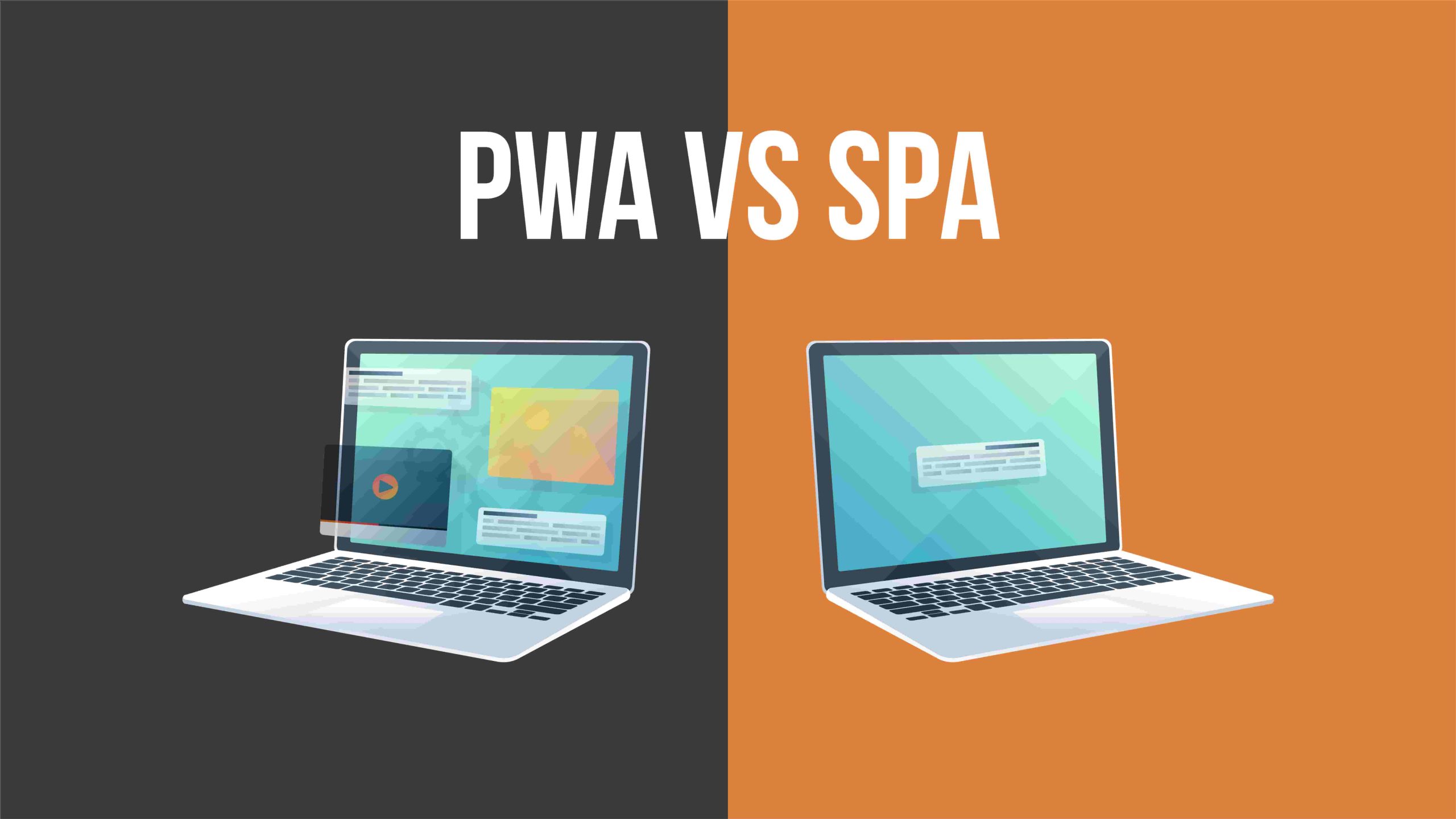
Regarding PWAs:
- Security through HTTPS: PWAs are designed to be served over HTTPS, which ensures a secure connection between the user’s device and the server. This helps protect the integrity and confidentiality of data transmitted between the PWA and the server, preventing unauthorized access or tampering.
- Isolation: PWAs run within the browser sandbox, which provides a level of isolation from the underlying operating system and other applications. This isolation helps mitigate security risks by preventing unauthorized access to sensitive system resources.
- Automatic Updates: PWAs can receive automatic updates, ensuring that users always have the latest version of the application with security patches and bug fixes. This helps protect against known vulnerabilities and ensures a more secure user experience.
- App Store Guidelines: If a PWA is distributed through app stores, it needs to meet the respective app store guidelines. These guidelines often include security requirements, such as code review, adherence to best practices, and prohibition of malicious activities. App store review processes help ensure that PWAs available through app stores meet certain security standards.
Regarding SPAs:
- Secure Backend: The security of a SPA largely relies on the backend infrastructure and API design. Implementing secure backend practices, such as input validation, proper authentication and authorization mechanisms, and protection against common web vulnerabilities like cross-site scripting (XSS) and cross-site request forgery (CSRF), is essential to maintain the security of a SPA.
- CORS: SPAs may need to handle Cross-Origin Resource Sharing (CORS) to ensure secure communication with APIs hosted on different domains. Properly configuring CORS policies help prevent unauthorized access to sensitive data and protects against cross-origin attacks.
- Client-Side Security: Since SPAs execute code on the client side, developers must pay attention to client-side security measures. This includes implementing secure coding practices, protecting against common vulnerabilities like injection attacks, and properly managing user input and data handling within the client-side code.
- Code Auditing and Reviews: Regular code audits and reviews are essential for identifying and addressing security vulnerabilities in SPAs. These reviews help ensure that security best practices are followed, potential vulnerabilities are discovered and fixed, and overall application security is maintained.
PWA vs SPA can achieve a high level of security with proper implementation and adherence to security best practices. However, PWAs may have some inherent security advantages due to their usage of HTTPS, automatic updates, and adherence to app store guidelines. On the other hand, SPAs require extra attention to backend security and client-side coding practices to ensure a secure application. Ultimately, the security of a PWA or a SPA depends on the implementation and the security measures put in place by developers and system administrators.
PWA vs SPA: SEO
PWA vs SPA has different characteristics when it comes to search engine discoverability and indexing. PWAs are essentially websites, which means they are discoverable and crawlable by search engines. Search engines can index the content of a PWA, allowing users to find the PWA through relevant keyword searches. PWAs benefit from being treated like traditional websites in terms of SEO practices, making them more easily discoverable and accessible to users through search engine results.
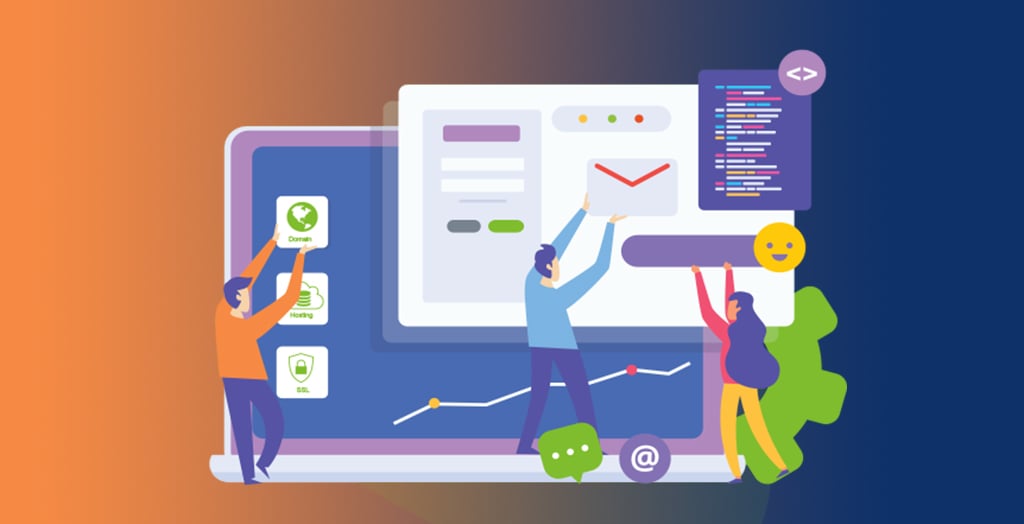
On the other hand, when comparing Single Page Application vs pwa in terms of SEO, SPAs are web applications designed for a fast and responsive user experience. SPAs use JavaScript frameworks to dynamically update the page content without requiring a full page reload. However, due to their nature of loading a single HTML page and updating content dynamically, SPAs present challenges for search engine indexing. Since search engines rely on HTML page structure and content for indexing and understanding the context of web pages, SPAs may require additional considerations to ensure proper indexing and search engine visibility.
Developers of SPAs can employ various techniques to improve search engine discoverability, such as implementing server-side rendering (SSR) or pre-rendering, which generate static HTML snapshots of the SPA that can be easily indexed by search engines. By providing search engine-friendly versions of the SPA, developers can enhance the visibility and accessibility of the application in search engine results.
Considering the SEO factor of PWA vs SPA, PWAs are naturally discoverable and crawlable by search engines, SPAs require additional considerations to ensure optimal search engine visibility. Techniques like server-side rendering or pre-rendering can help address the challenges faced by SPAs in terms of search engine indexing, enabling them to be more effectively discovered by users through search engine results.
PWA vs SPA: Development Cost
In terms of the development cost of PWA vs SPA, developing a PWA often incurs higher costs compared to developing a SPA due to the additional components involved. A PWA requires the development of both a server-side application and a client-side application. This means allocating resources for building a back-end server responsible for server-side rendering, data storage, and other server-related tasks, which can contribute to increased development expenses.
In contrast, an SPA is a client-side application that is entirely loaded from the client, eliminating the need for a separate back-end server. Consequently, when comparing the development cost of a PWA vs SPA, SPA is generally lower than that of a PWA, especially for simpler applications with limited server-side functionality. The reduced complexity and server requirements of SPAs can result in cost savings during the development phase.
PWA vs SPA: Performance
PWAs are renowned for their speed and responsiveness compared to traditional web applications. They employ a strategy where the app is initially loaded from the server and then caches content for offline usage. While the initial load time may be slightly longer, subsequent loads become faster as the app retrieves content from the cache rather than making a round trip to the server.

On the other hand, considering Progressive Web App vs Single Page App differences in performance, SPA is loaded entirely from the client side and offers a seamless user experience by updating content without requiring a full-page refresh. This enhances interactivity and responsiveness as users can navigate between different sections of the app without waiting for the entire page to reload. However, SPAs may encounter slower initial load times as they need to download all the necessary resources before rendering the app.
It’s important to recognize that PWA vs SPA can be optimized for performance through various techniques. These include code optimization, image optimization, and the implementation of caching and other performance-enhancing technologies. By applying these optimizations, developers can enhance the speed and overall performance of both PWA and SPA applications, tailoring them to meet the specific requirements of the project.
PWA vs SPA: User Experience
When comparing the user experience of PWA vs SPA, PWA focuses on delivering a native app-like experience within a web browser. It is designed to be reliable, fast, and engaging, offering features such as offline capabilities, push notifications, and smooth transitions. PWAs are built using responsive design principles, adapting to different screen sizes and devices, ensuring a consistent user experience across platforms. With their ability to be installed on the home screen of a device, PWAs offer a convenient way for users to access and engage with the app.
SPAs, on the other hand, prioritize interactivity and seamless navigation. They provide a fluid and responsive user experience by updating content dynamically without requiring full page reloads. SPAs offer a more desktop-like experience where users can navigate between different sections of the app without interruptions. They often incorporate smooth transitions, animation effects, and interactive elements to enhance the overall user experience.
PWA vs SPA has its strengths when it comes to user experience. PWAs provide the convenience of accessibility across devices and offline capabilities, while SPAs offer smooth and interactive navigation. Ultimately, the choice between PWAs and SPAs depends on the specific requirements and goals of the application, as well as the target audience and desired user experience.
PWA vs SPA: Offline Capabilities
Let’s compare the offline capabilities of PWA vs SPA. PWAs are known for their robust offline capabilities. They utilize service workers, which are background scripts that run independently of the web page, to cache app resources and data. This caching allows PWAs to be accessed and used even when there is no internet connection. Users can continue interacting with the app, view previously loaded content, and perform certain actions, such as reading articles, accessing saved data, or composing messages, while offline. When the internet connection is restored, the PWA can synchronize data and update the cached content.
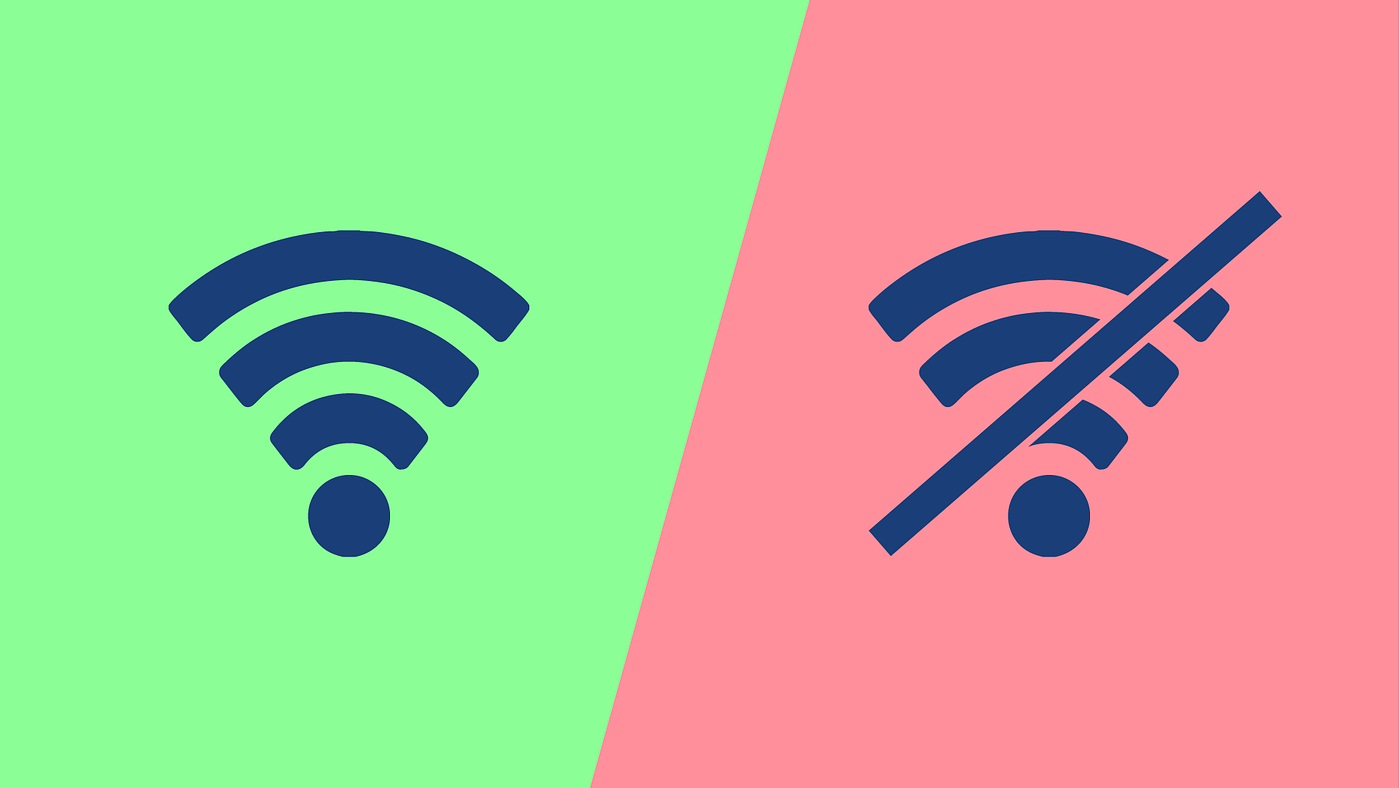
SPAs, on the other hand, typically require an initial internet connection to load the necessary resources. Once the initial page and assets are loaded, some SPAs can store data locally using browser storage mechanisms, such as local storage or indexedDB. This allows the application to function partially or provide limited functionality while offline. However, since SPAs primarily rely on real-time data and may require server communication for most interactions, their offline capabilities may be more limited compared to PWAs.
PWA vs SPA offers offline capabilities, but PWAs tend to provide more extensive offline functionality due to their caching mechanisms and service workers. They can store app resources and data, allowing users to continue using the app even without an internet connection. SPAs, on the other hand, may offer partial offline functionality by leveraging browser storage, but they may still require some level of connectivity for full functionality. The choice between PWAs and SPAs for offline capabilities depends on the specific requirements and needs of the application and its users.
PWA vs SPA: Installation and updates
Installation and updates in PWAs
Considering the PWA SPA difference in terms of installation and updates, PWAs can be installed on a user’s device, typically through a prompt or an install button displayed by the browser. This allows the PWA to be added to the user’s home screen, similar to a native app. The installation process creates an app-like experience for users, as they can access the PWA directly from their home screen, without the need to open a web browser and enter a URL. The installation provides convenience and easy access to the PWA, enhancing the user experience.
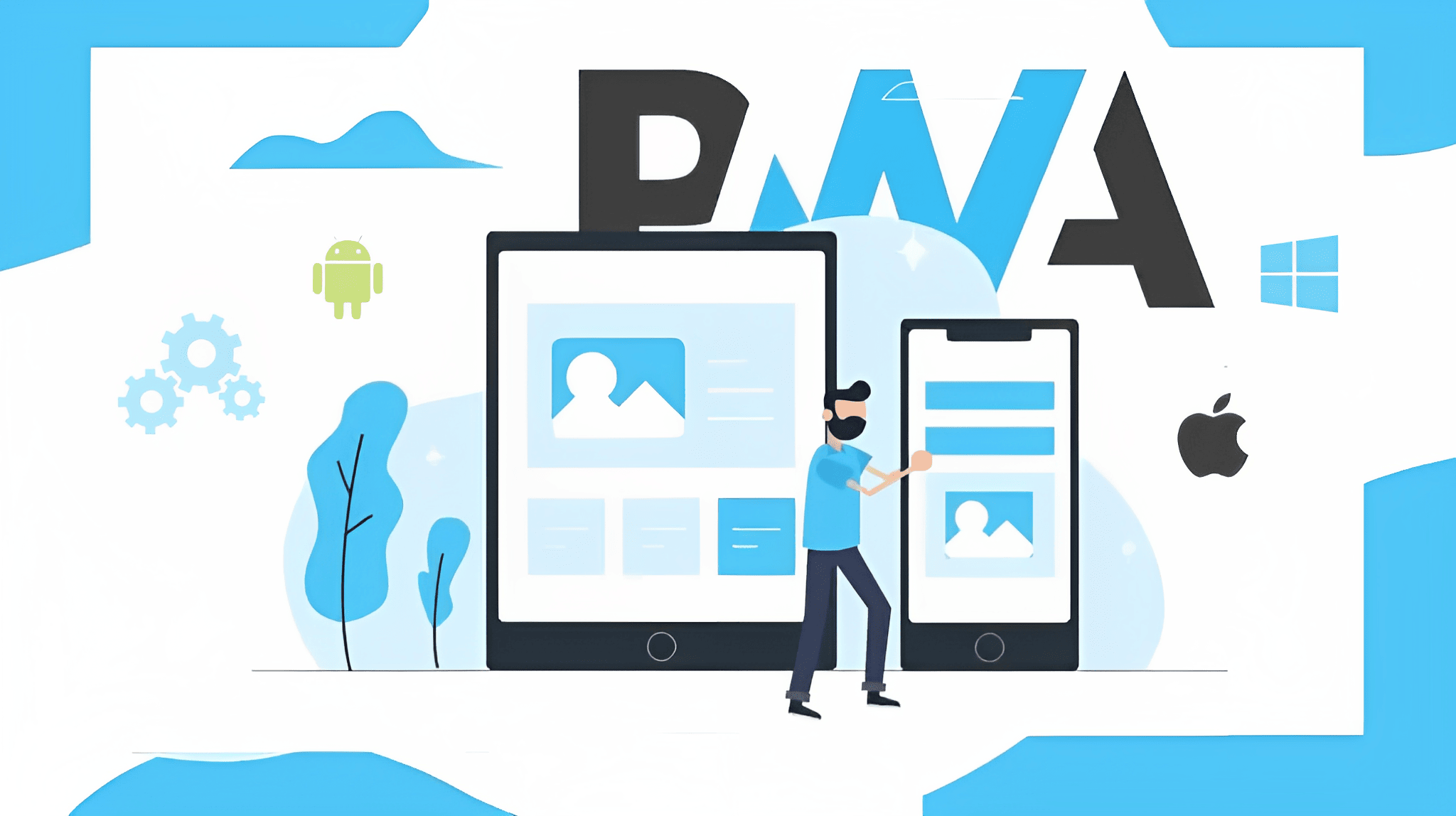
PWAs are designed to update automatically, ensuring users have the latest version of the app without manual intervention. When updates are available, the browser detects them and automatically updates the PWA in the background. This seamless update process ensures that users always have access to the most up-to-date features, bug fixes, and improvements. Automatic updates eliminate the need for users to manually download and install updates, simplifying the update process and enhancing user satisfaction.
Installation and updates in SPAs
Since SPAs are typically accessed through a web browser, they do not require a separate installation process like PWAs. Users can simply access the SPA by entering the app’s URL in the browser, bookmarking it for future visits, or using browser history to revisit the app. SPAs are not installed as standalone apps on the user’s device but are accessed directly through the browser.
Updates in SPAs are handled through traditional web development practices. When updates are made to a SPA, they are deployed to a web server and become instantly available to users when they access the app’s URL. Users will receive the updated version of the SPA the next time they load the app in their browser. However, since SPAs rely on web browser caching, it’s important to configure cache settings properly to ensure users receive the latest version of the app and not a cached version.
In short, when comparing the installation and updates of PWA vs SPA, PWA offers the advantage of installation, allowing users to add the app to their home screen for easy access. It also benefits from automatic updates that ensure users have the latest version of the app without manual intervention. SPAs, on the other hand, are accessed through web browsers and do not require a separate installation process. Updates in SPAs are deployed to a web server and become available to users the next time they load the app in their browser.
In conclusion
PWA vs SPA have their strengths and advantages, and the choice between them depends on the specific needs and goals of the application. The choice between PWAs and SPAs should consider factors such as the target audience, desired user experience, functional requirements, and development resources. Both approaches have their place in the development landscape, offering unique features and advantages to meet specific application needs.
If you have an online store based on Magento and are seeking to transform it into a PWA, Magenest is here to provide the necessary support. Our team consists of a considerable number of certified Magento developers and experts with extensive knowledge of PWA and headless technologies. We are well-equipped to guide you through the entire transformation journey and ensure a successful conversion of your online store.



